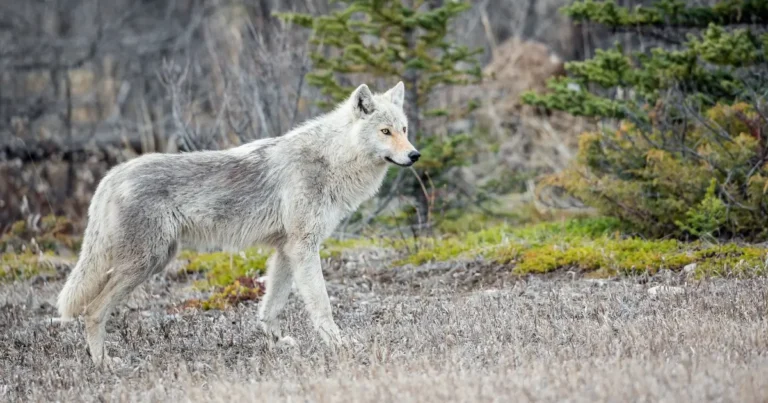Republished with permission from iHowie.blog.com
By: Michael Howie
The terrifying attack on a prized miniature show horse has left a woman shaking in fear from coyotes that are sure to return, the London Free Press reported today.
“Tell-tale bite marks left on [Penny] Gedde’s prized miniature show horse, Black Beauty, told her the coyotes are getting too close for comfort.
“Geddes found out the morning after her family’s night-howling remarks just how vicious the suspected critters can be.
“When she went to wash what she thought was dirt off her show horse’s mane, she saw the mare was shivering. The dirt turned out to be bite marks hidden by the mane.
“Geddes found marks on Black Beauty’s legs from where the animal or animals who attacked her tried to pull her down.”
Fortunately for LFP, Geddes is a veterinarian able to identify that these marks on her horse’s body were from a coyote. Wait… that’s not right. Surely she’s an expert on canid biology, which allowed her to identify the marks. That must be it.
I think.
Or maybe, she’s jumping to conclusions and the LFP didn’t do the basic job of asking someone who might know.
From the teensy-weensy picture accompanying the story it is clear the horse was injured. But by what – I have no idea, and frankly, neither does the reporter or the subject of the story.
In his book, Wolfer, former government trapper Carter Niemeyer described the difficulty with which he – a life long predator killer – had with, in a single glance, determining the exact cause of an attack on livestock. Doing field necropsies he was often able to tell a true cause of death – and rarely was it the oft-blamed wolves (or coyotes) of Montana.
It would appear that the coyote(s) in question at the Geddes property had done some reconnaissance work before attacking the miniature pony, which stands approximately one metre (39 inches) high and whose weight is likely around 80 kilograms (176 pounds).
“Earlier in the week, Geddes said she saw a coyote in the bean field casing out the stable at about 9 pm,” the LFP reported. “She fears the coyotes, creatures of habit, will circle back now that they know about her minis.”
Let’s do some basic logic problems to work this one out.
What we know about eastern coyotes and their hunting preferences:
- Their primary method of hunting is pouncing on small prey such as mice and other rodents
- They primarily hunt solo
- They often eat fallen fruit
- They weigh (at the top end of the scale) 20 kilograms, or 40 pounds.
If a coyote weighs 40 pounds and instinctually hunts prey that is less than a pound, what is the probability it would try to take down an animal weighing four times it’s own weight?
Yes, the possibility exists. But the probability is quite low.
It’s difficult for people to remember this: there is no veterinarian in the wild. Any predator weighs the chances of self-injury over a successful hunt. A solid kick from a miniature horse could likely incapacitate, if not cause fatal injuries, to a coyote.
Of course, the reporter pointed out that more than 60 animals had been killed by coyotes in the county in ” a little more than the past year” according to provincial records. I didn’t realize necropsies were performed on every dead animal found by animal control – but hey, when you read the papers you learn something new.
And, much to my chagrin, the Oakville “attack” was mentioned.
“Coyote attacks on humans are rare, but in January an eight-year-old girl was bitten while playing in her neighbour’s Oakville backyard.”
I’d like to take a moment to address this (again), even though I have multiple times (like, a lot).
The coyote in the Oakville incident was being fed. Even after the conflict, once a coyote had been killed by police, the individual putting out food for the coyote continued to do so. It was only in the face of an extremely large fine that they desisted in the behaviour.
Further, that day the little girl was laying down, in the snow. The coyote was watching her and her friend thrash around on the ground. When the girls saw the coyote, they jumped up and ran away – and the coyote nipped her leg, barely breaking the skin through her snow pants. It then quickly made its escape into the ravine. Ask anyone who knows about coyotes what may have gone wrong in this scenario. Go ahead, I dare you. I’ll wait.
It is exceptionally frustrating to see such shoddy reporting being done on a subject when so much information – from studies to researchers themselves – are readily available for comment.
I hope that those of you who read this and agree with me will share with your friends – and perhaps your local newspapers – the importance of understanding both sides of a story. Even when one of those sides belongs to a coyote.
Reprinted with permission from Michael Howie.
